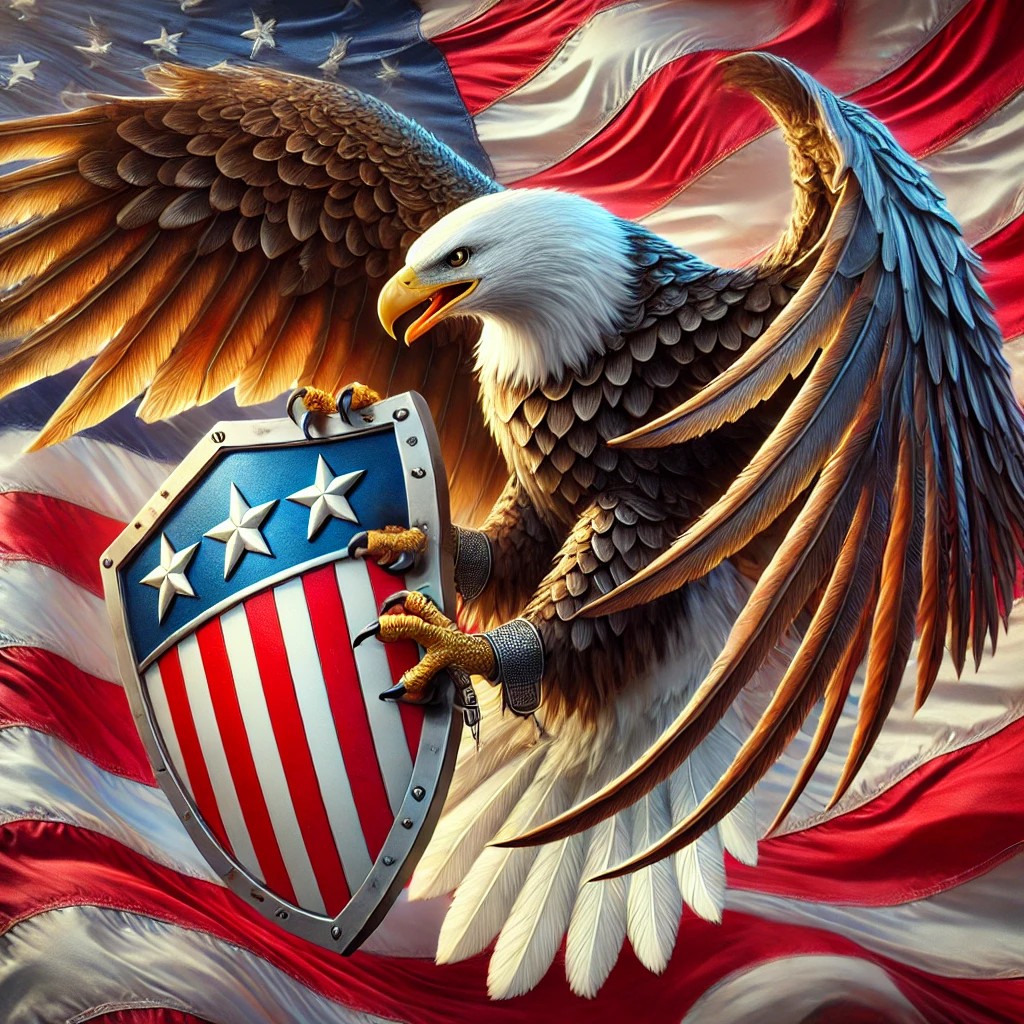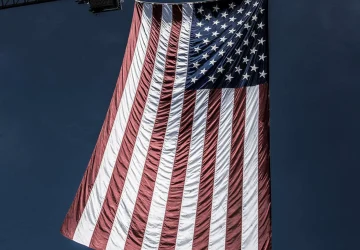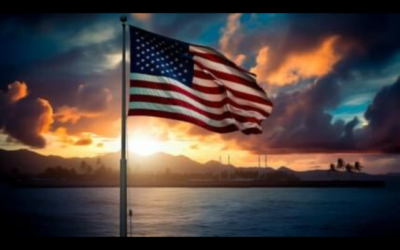AMERICAN PUBLIC UNIVERSITY SYSTEM
WHEN THE PRESIDENT BECOMES KING: EXECUTIVE ORDERS IN THE UNITED STATES
Abstract: Executive orders have been used by presidents of the United States as a tool of unilateral legislative action. This paper will examine the use (and sometimes abuse) of executive orders in the past and suggest ways that they can be reformed to ensure that our system of checks and balances remains intact.
ROBERT GARRISON 18 September 2011
Thesis
Executive orders have been used by presidents of the United States as a tool of unilateral legislative action. This paper will examine the use (and sometimes abuse) of executive orders in the past and suggest ways that they can be reformed to ensure that our system of checks and balances remains intact.
Executive Orders Defined and Justified
Essentially, executive orders are, “legally binding orders given by the President of the United States acting as the head of the Executive Branch, to Federal Administrative Agencies. Executive Orders are generally used to direct federal agencies and officials in their execution of congressionally established laws or policies. However, in many instances they have been used to guide agencies in directions contrary to congressional intent.
While the phrase “executive order” does not appear in the Constitution, legal experts have said that the Constitution indirectly references executive orders in its phrase (the president) “shall take care that the laws be faithfully executed.” Even the Emancipation Proclamation may be considered an executive order. Often, presidents use the ambiguous phrase “By the authority vested in me as President by the Constitution and the laws of the United States of America” at the beginning of each executive order. Executive orders have been used and given precedent in law by Supreme Court decisions. One of the earliest Supreme Court affirmations of executive orders was in the case of Mississippi v. Johnson. In that case, the Court declared that President Andrew Johnson could not be sued by the State of Mississippi for enforcing Reconstruction polices by executive order because the president has discretionary and ministerial duties and that executive orders fell under the president’s ministerial duties.
What Executive Orders Do and Why Presidents Use Them?
According to Copper, executive orders are used for directing the actions of the Executive Branch, make policy in the areas conceded to the president, initiating, or directing regulation, delegate authority, create, reorganize, or eliminate federal agencies, manage personnel including the military and as instruments of foreign policy. Some reasons why presidents use executive orders are: To respond to emergencies (domestic and foreign) such as economic emergencies and war, as FDR did during the Great Depression and WWII, when he vowed to use “broad executive power to wage a war against the (Great Depression) as great as the power that would be given to me if we were in fact invaded by a foreign foe.”
Presidents also use executive orders to put a public face on private disputes, (e.g. labor disputes), to reward political friends (President Clinton even issued an executive order to close a gap in a law in order to get the vote of one senator on a piece of pending legislation), stand up to adversaries and send signals to Congress as to how to proceed on future legislation. Executive orders are also used to create commissions (such as the one that led to the legislation creating Social Security). They are used to launch major policy initiatives (one example is President Kennedy’s order creating the Peace Corps signed on March 1st, 1961) regulate federal agencies and undo previous executive orders promulgated by previous administrations.
The benefits that executive orders bring to presidents are obvious, however, some disadvantages of executive orders are: They can create intergovernmental tensions, make the president and the Executive Branch a lightning rod for criticism and they can undermine the administrative law process. One of the most potentially dangerous effects of executive orders are that they are seldom subject to judicial review; this is due in large part to the willingness of the judiciary to give deference to the president during times of “national emergency.” However, some dangerous violations of civil liberties have occurred because of very broad regulations within executive orders during wartime; such as Woodrow Wilson’s Executive Order 2604 which permitted the War Department to censor telegraph and telephone lines during World War I.
Significant Executive Orders
Executive orders began to be widely used with the advent of the progressive movement. The progressive movement transferred the powers of the government from local and congressional control into the hands of the Executive. Elliot Root, a member of Theodore Roosevelt’s cabinet, summed up progressivism this way, “…the intervention of…government seems necessary to produce (results) of justice and right… Theodore Roosevelt (T.R.) was one of the nation’s first progressive
presidents. He summed up his progressive philosophy this way: It (is) the President’s…duty to do anything which the needs of the nation demanded unless (such) action is forbidden by the Constitution or the laws. I acted for the public welfare; I acted for the common well-being of all of our people.” T.R. used executive orders to begin a national program of conservation. When disagreement arose between Congress and the president, T.R. accomplished his agenda through executive orders; he signed 1,091 executive orders during his eight years in office. (This number is nearly equal to the total number of all executive orders issued by the twenty-five presidents that preceded T.R).
There have been two particularly significant executive orders overturned by the Supreme Court: The first was President Harry S Truman’s Executive Order 10340 which placed U.S. steel mills under federal authority in the face of a strike. The Supreme Court ruled that the executive order was unconstitutional in the case of Youngstown Sheet & Tube Co. v. Sawyer. The Court said that the order amounted to making law and that the president could not seize private property in the absence of Congressional authority. The second overturned order was Executive Order 12954, signed by President Clinton that would’ve prevented the U.S. Government from contracting with organization that had strike-breakers on their payroll.
Reforming the Executive Order Process: Discussion /Conclusion
As has been seen throughout this paper, executive orders are a very powerful tool in the president’s arsenal. However, this power should be able to be checked by Congress. (They already have the power to veto an executive order as they do with any other legislation). However, a special subcommittee of Congress (perhaps as part of the congressional Judiciary Committees) should be set up to review executive orders when a proposed order does one of two things: 1) there is no specific existing statute mentioned in the vesting of authority clause of the order and 2) when a proposed order sets up an entirely new agency or government program.
Once the proposed subcommittee reviews the proposed order, it should have the power to give a “pass” or “do not pass” recommendation to Congress and then both houses of Congress can pass the text of the order (altered or revised as Congress wishes) or reject it outright. If Congress does not make an executive order an Act of Congress within one year of its drafting by the Executive Branch, it should be considered null and void and be resubmitted to Congress (effectively giving Congress the power of a “pocket veto” over executive orders). The reasons for these proposed reforms are that giving executive orders the status of Acts of Congress, makes them much more likely to be subject to judicial review and it makes executive orders less likely to violate the Constitution or individual rights and makes the President’s power subject to accountability by Congress (and thus, by extension, accountable to the American people).
In sum, executive orders provide excellent opportunities for presidents to move forward with their agenda and take decisive action to deal with emergency situations. However, the president must respect the separation of power at all times and the judicial branch should not be afraid to countermand a presidential action when it is clearly unconstitutional. The president must always keep in mind that he is a temporally elected leader of a free country, not a king!




